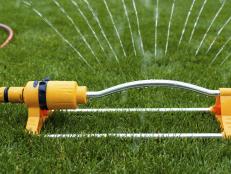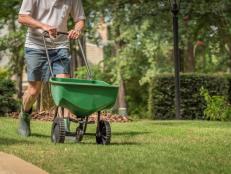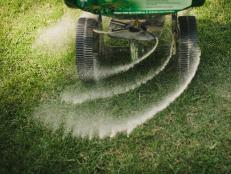How to Care for New Sod
Now that you’ve gone through the expense and effort to lay new sod, it's time to make sure it grows strong and stays free from pests.
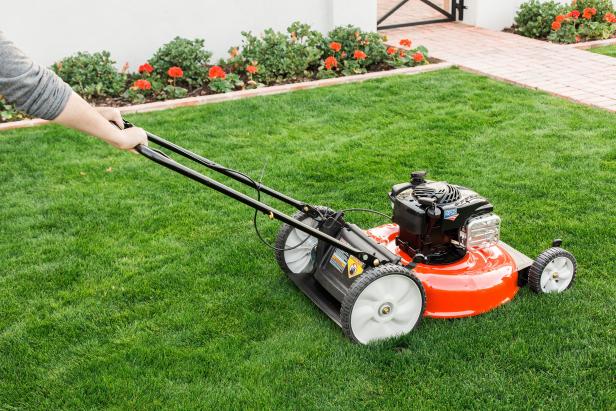
Flynnside Out Productions
Let your new lawn develop a decent root system before you mow for the first time.

Start With Aggressive Watering
Your lawn needs to be watered deeply, as soon as you’ve laid it. Do not wait until the next day! Heat builds up into stacked sod, and your lawn is going to be thirsty now that it’s finally on the ground. Your new lawn needs to be watered twice a day for about 20 minutes per watering. This should be enough so that your lawn gets a solid six inches of watering per cycle. The morning and late afternoon are the best times to water your lawn but remember to adjust your watering schedule to account for rainfall.
Always monitor your new lawn for signs of dryness and use a handheld sprayer to spot-water any areas that your sprinklers might not be reaching. Your lawn needs the most water during the first 14 weeks after being newly installed. Remember to stay off of your lawn for the first two weeks or until after your first mowing. This will reduce stress and soil compaction so your roots can take hold.
Encourage Roots
Your freshly laid lawn needs a steady supply of nutrients to help it grow strong during its first few months. A first application of fertilizer should go on one month after installation. This will give the sod some time to store water and recover from being unrolled. Look for a granular starter fertilizer that’s marked 18-24-12. If you’re looking for an organic solution, ask your garden center for options that are right for your type of lawn. Whichever you choose, it’s important to remember how crucial this step is to your lawn. Without a steady supply of nutrients, your new lawn will struggle to grow a strong root system.
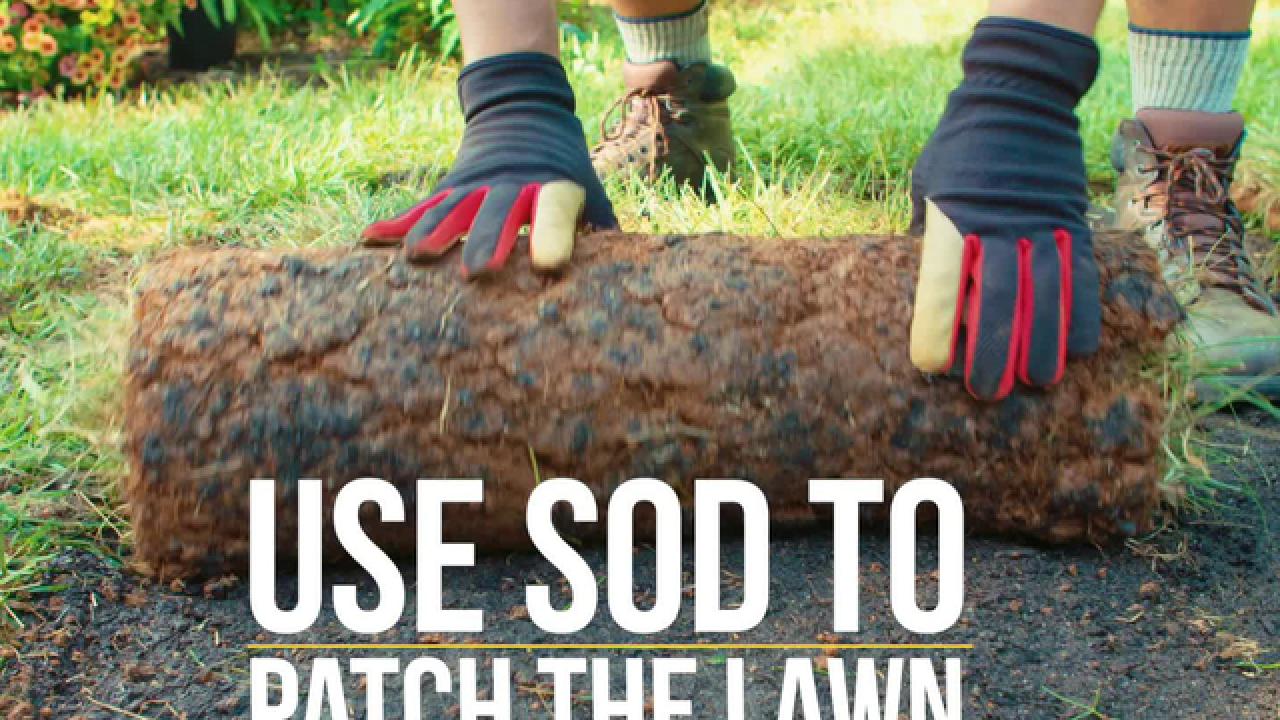
When and How to Mow
Generally speaking, you don’t want to mow your lawn until it’s developed a decent root system. This should be around the three-week mark for good, actively growing sod. If you laid your lawn dormant in the winter, you’ll need to wait until about three to four weeks after its growing cycle begins.
The rule of thumb when it comes to mowing is to never mow off more than one-third of the grass blade. Always mow high! Say that to yourself every time you start your lawnmower: “ALWAYS MOW HIGH.” If you use a lawn service to mow, ask them to keep your lawn three to four inches high; they should be able to accommodate that easily. Make sure your lawn mower blades are sharp and that they’re cutting the grass, not ripping it. Grass will recover faster, look nicer and be more resilient to disease and rot if it’s cut with a sharp blade.
Weed/Pest Control
Now that you’ve got your new sod established, it’s time to keep it free from weeds. After your lawn has endured four mowings and appears lush and healthy, you can apply your first weed control product. Always look for weed control products that are built for your breed of lawn and your growing zone. Your garden center will be able to point you toward products that are right for your specific lawn/area. Give your lawn a few weeks to recover (about four to five more mowings) before you apply any pest controls that might be needed.







